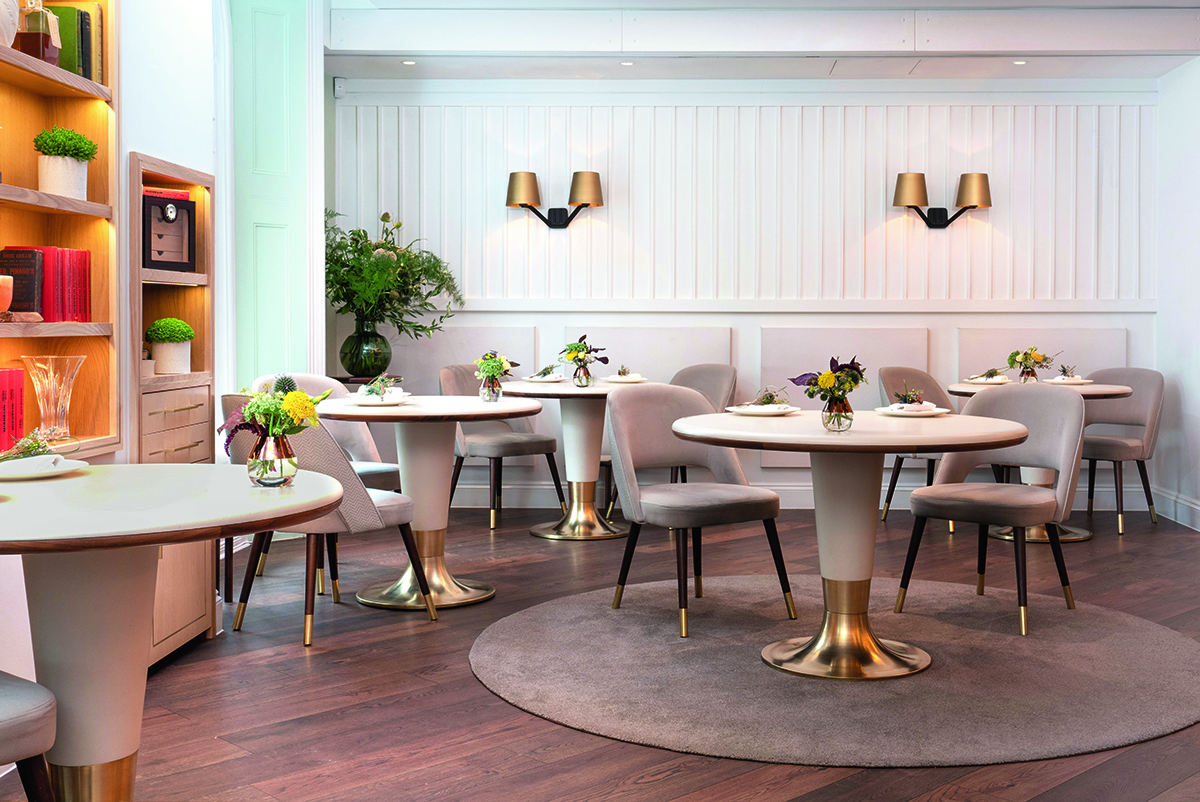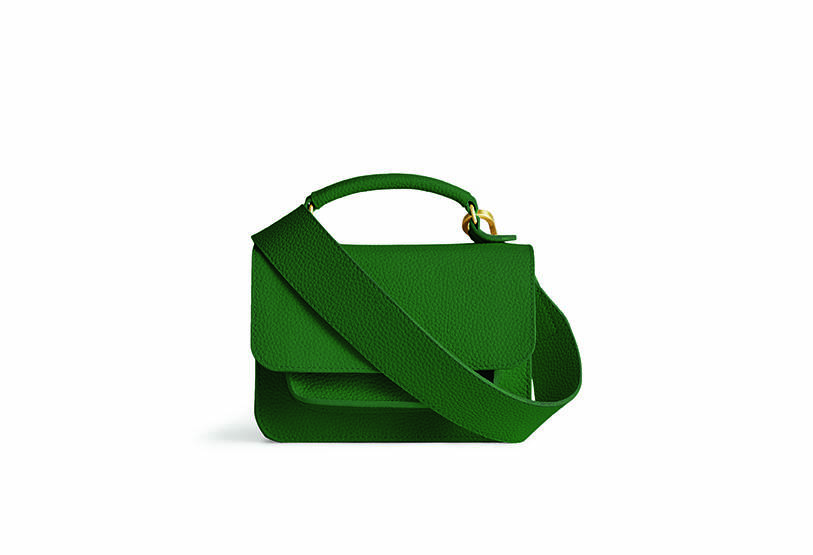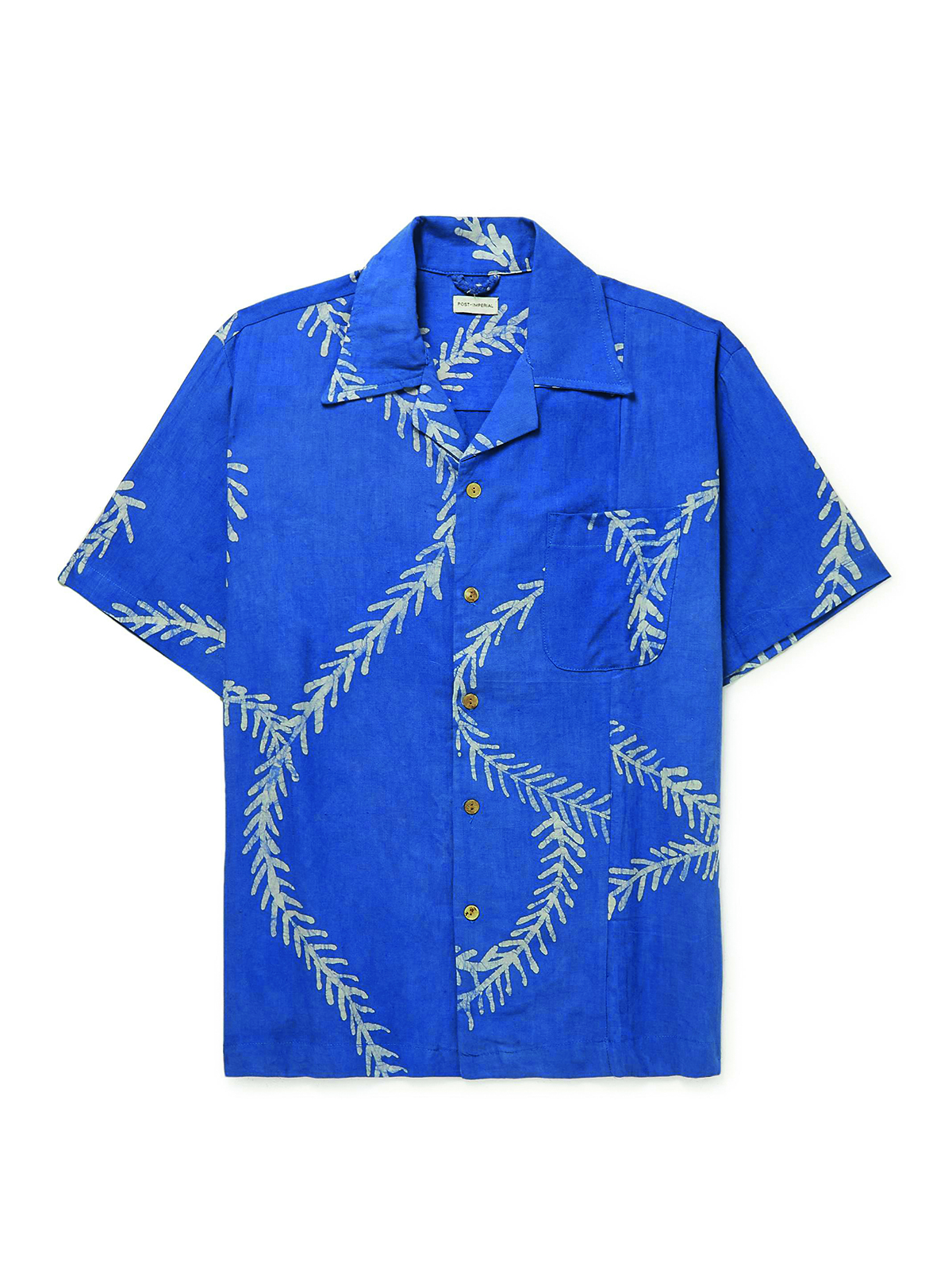
Chef Clare Smyth at work in the kitchen of her London restaurant, Core by Clare Smyth
As the first British female chef to acquire three Michelin stars, Clare Smyth is demonstrating to women all round the world that it is indeed possible to be a leading chef in the 21st century. She’s fearless in the kitchen, having worked under the likes of Gordon Ramsay and Alain Ducasse, and is now not only sharing her talent in London, but in Sydney, too.
LUX: You have previously mentioned that if you weren’t a chef, you would have been a showjumper. So, what attracted you to the culinary world over the equestrian one?
Clare Smyth: I started cooking at a young age and loved it. I decided it was more attractive to me because I wanted to travel and see the world, rather than being a showjumper training in one place all the time.
LUX: Gordon Ramsay famously once said that he didn’t think you would last a week in his kitchen. What do you make of this? And what were the biggest challenges you faced early on in your career?
CS: That’s always misconstrued, because most people didn’t last a week in his kitchen! It was tough, but I chose to work at the most difficult places so I could challenge myself. I knew that if I wanted to be the best, I needed to work with the best. It was long, intense hours and a lot of pressure, but I thrived in that environment.

Scottish langoustine, served at Core by Clare Smyth
LUX: Is it true that sexism is still rife in the culinary industry?
CS: There is a lot of work to do everywhere you look, not just in our industry. It’s part of society and awareness of it is what will help change it. Going back 10 or 15 years, I would often be the only woman in the kitchen. Half of my team now, front of house and in the kitchen, is female. I’m hoping that in the next 10 years there’ll be plenty of women at the top level.
Follow LUX on Instagram: luxthemagazine
LUX: You have noted before that it’s the punishing working hours of the culinary industry that accounts for so few women running the world’s best restaurants. Do you still believe this to be the case?
CS: Yes and no. It’s not that women can’t do it; a lot of women choose not to. The profession is generally not conducive to a work-life balance, especially right at the top level.

A view of the dining room at Core by Clare Smyth
LUX: What’s your take on British cuisine?
CS: British food is hearty and rustic, but I approach it in a very fine dining, skilful way. We are so lucky to have phenomenal produce here – the most incredible shellfish, game and beef. At Core, we take British ingredients and elevate them to a fine level.
LUX: You catered for the royal wedding of the Duke and Duchess of Sussex – what’s your favourite memory of this experience?
CS: The stealthiness of the project. It was going on for months and our team managed to keep it all quiet. They were great fun to work with and are brilliant people. They made it fun for all the team.

Potato and roe, served at Core by Clare Smyth
LUX: How do you approach sustainability at Core?
CS: We approach it more than just environmentally. We do it culturally, economically, paying fair prices, working with people who farm in ethical ways and being creative in limiting food waste.
LUX: How do you think the fine dining industry can, as a whole, be more sustainable?
CS: We can help educate people and our staff to be more aware of where the produce comes from and where you are buying it from.

Morel tarts, served at Core by Clare Smyth
LUX: Your new restaurant, Oncore, opened in Sydney in November last year. What led you to open a restaurant on the other side of the world?
CS: I lived in Sydney when I was younger and fell in love with the city. It was a fantastic opportunity to open a flagship restaurant in a new building overlooking one of the most incredible views of the harbour, near the Opera House.
Read more: Chef Ángel León: Ocean Sustainability Supremo
LUX: How did you tackle opening a new restaurant amid a pandemic?
CS: It was incredibly difficult – there were lots of challenges. I have a phenomenal team in Sydney who took, and still take, everything in their stride.
Clare Smyth is the owner and head chef at Core by Clare Smyth in London and Oncore in Sydney. Her debut cookbook, Core by Clare Smyth (Phaidon), is out this summer.
This article appears in the Summer 2022 issue of LUX























Recent Comments